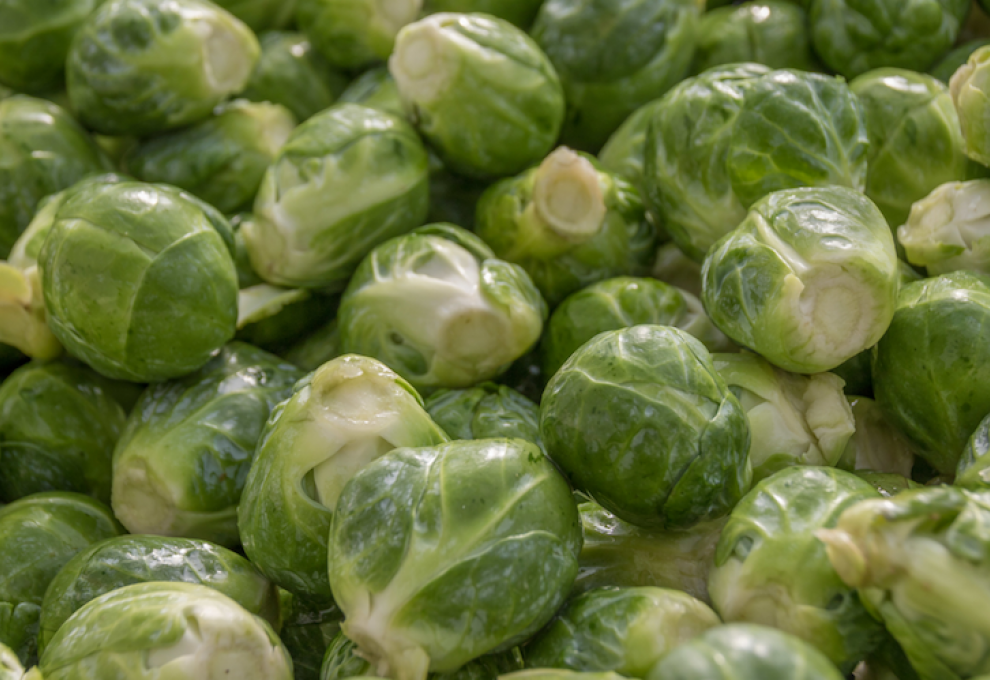
As we sat at the dinner table enjoying chicken masala, somehow the conversation rolled around to protein alternatives and cultured meat – you know, the kind that uses a few meat cells as a starter, like making bread from yeast.
My wife and I reacted strongly, and negatively, to the thought of it. Why eat meat from the likes of a petri dish, when Canadian farmers produce some of the best livestock on the entire planet? And let’s not forget the role of animal agriculture in replenishing soil with natural nutrients. There are reasons livestock production is entrenched in our society and in our farming culture.
But my 14-year-old stepson Emmitt had a different take on it. He’s not vegetarian or vegan, but he heartily endorses the idea of animals not being used for food.
For him, it’s an ethical choice. The weird-science, test-tube baby era had concluded by the time he was old enough to make informed food choices. His whole life has involved technology such as computers and cell phones. No blurred lines exist for him between human life in a test tube and cultured cells for food, because he wasn’t part of an earlier science revolution.
So maybe I shouldn’t be too surprised at his approach to such foods. A generation ago, my own parents would have turned up their noses at something as exotic (for southwestern Ontario palates) as chicken masala.
Yet for meat, they would think nothing of eating wild duck or muskrat, or sometimes even road-killed rabbit if it was still warm. We grew up in the country and my dad was a conservation officer. Dinner was much different than it is now.
My stepson hasn’t had those same low-tech experiences. So cultured meat, while new, is just like anything else that’s new. It’s not gross or revolting. It’s simply something that can take its place among the hundreds and hundreds of other food choices available to him every day.
And when I took a closer look at the chicken masala we were eating, it occurred to me that it indeed could be cultured meat, or something made to appear as meat. Covered in sauce, it’s unlikely I would have known whether it was raised on a farm or made in a factory. I’d like to think I have enough culinary savvy to distinguish between the two, but I don’t know for sure.
I do know, though, that if there’s a market for cultured meat, researchers and companies’ product development specialists will continue to make it taste better and work on its nutrition and texture profile.
After all, look what’s happening with other meat alternatives. After years of trying, product developers have finally figured out how to make vegetarian fare taste and feel like meat. Clearly, the public has an appetite for such products, as shown by A&W’s ultra-popular Beyond Meat burger. It’s not made from cultured cells, but it’s also not made from an animal. And to some people, like my stepson, that’s important.
Traditional meat processors have started investing in alternative protein companies. Like the Big Three automakers that are closing factories producing conventionally powered vehicles in favour of new technology, meat companies know the tide is turning towards alternatives.
And to me, all this makes the movement towards cultured meat and protein alternatives 2018’s top agricultural story of the year. The implications are huge for farmers and rural Ontario itself of an upcoming generation of consumers that is perfectly fine with a meal of cultured or alternative protein.
Farmers know how to grow protein sources such as legumes and vegetables. But they don’t know how to make cells grow in a lab-like setting. At least, not yet.
And they worry when the public points a finger at their operations and shouts “factory farm.” But isn’t cultured food grown in a lab-like setting kind of like a factory?

Add new comment